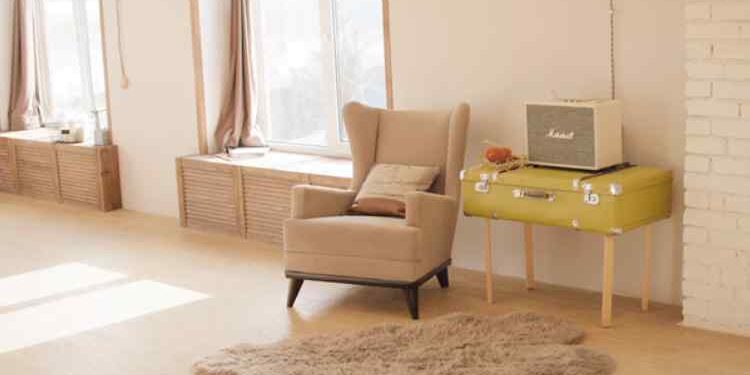In furniture production, color and texture play a crucial role in creating a visual impact. The choices made in terms of color and texture can transform a piece of furniture, evoking different emotions and setting the tone for the overall design.
Enhancing Style and Ambiance
Color and texture have the power to enhance the style and ambiance of a space. When choosing the color palette for furniture, designers consider the intended mood and theme of the room. Bright and bold colors can add a playful or energetic atmosphere, while muted and neutral tones create a calming and sophisticated ambiance. Similarly, different textures, such as smooth leather or rough-hewn wood, can evoke a sense of luxury or rustic charm, respectively. The combination of color and texture in furniture design sets the stage for the desired aesthetics and overall atmosphere of the room.
Creating Visual Interest and Focal Points
Color and texture help create visual interest and focal points within a space. By strategically using different hues and patterns, designers can draw attention to specific elements or areas of a room. For example, a brightly colored accent chair in a neutral-toned room can become an eye-catching focal point. Texture plays a similar role, with the use of textured fabrics or finishes adding depth and visual intrigue to furniture pieces. These design choices not only create a visually stimulating environment but also guide the viewer’s attention to key elements, enhancing the overall aesthetic appeal.
Harmonizing with the Surroundings
Color and texture in furniture design also play a pivotal role in achieving visual harmony within a space. A well-designed room considers the existing colors and textures of its surroundings, ensuring that the furniture complements and enhances the overall aesthetic. Whether it’s matching the warm tones of wooden flooring or coordinating with the texture of a wall, the careful selection of colors and textures in furniture production can create a cohesive and balanced environment. Harmonizing colors and textures ensures that the furniture integrates seamlessly into the overall design, creating a visually pleasing and harmonious space.
Personal Expression and Individuality
Color and texture provide opportunities for personal expression and individuality in furniture design. Choosing unique colors or unconventional textures allows individuals to infuse their personality into their living spaces. Vibrant and bold colors can create a sense of energy and showcase a person’s vibrant character, while textured finishes can add depth and evoke a feeling of warmth. Furniture design offers a canvas for self-expression, allowing individuals to communicate their style, preferences, and personal narrative through the strategic use of color and texture.
Staying Reinventive and Trend
The use of color and texture in furniture design allows for reinvention and staying on-trend. Designers constantly experiment with new color schemes and emerging textures, pushing the boundaries of traditional design. By incorporating trendy colors and textures, furniture pieces can reflect current styles and appeal to modern aesthetics. Whether it’s the popular earthy tones or the glossy finishes, staying up-to-date with color and texture trends in furniture production ensures that the designed spaces remain fresh, modern, and visually enticing.
Conclusion
Color and texture are integral elements in furniture production, influencing the style, mood, and visual impact of a space. By carefully selecting colors and textures, designers can create visually striking furniture pieces that enhance the overall ambiance and harmony within a room. Whether it’s through the establishment of focal points, personal expression, or staying on-trend, color and texture continue to shape the world of furniture design.
